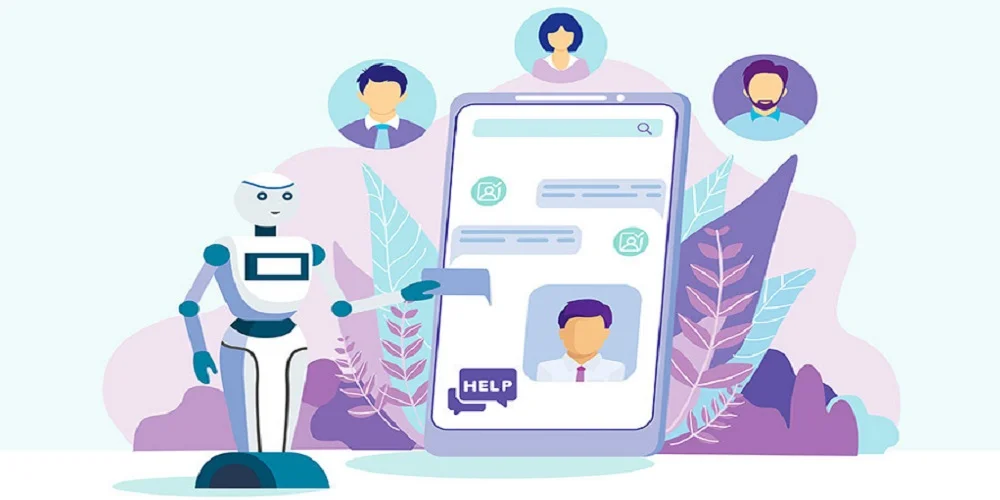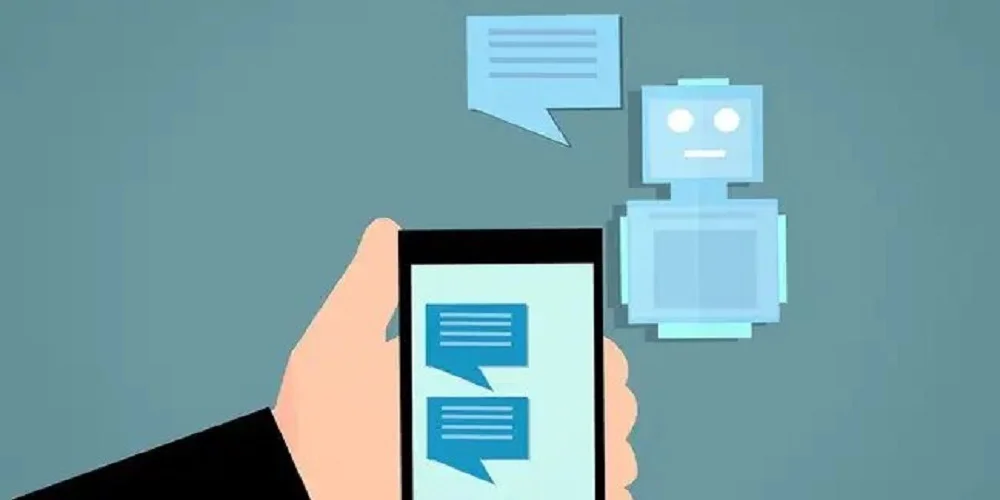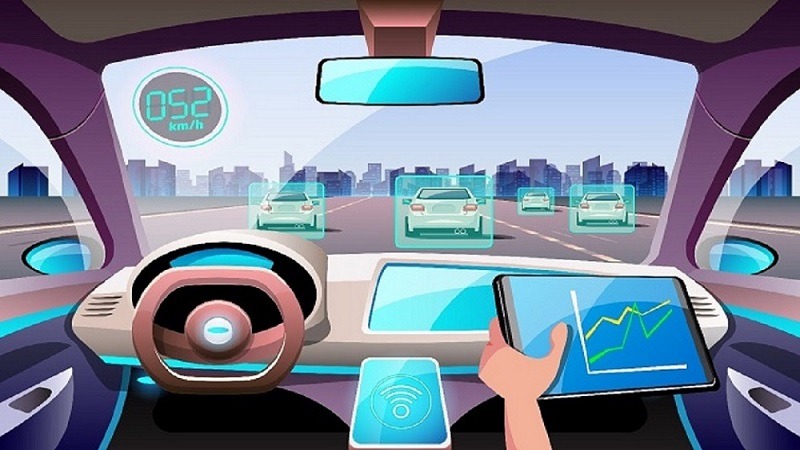Azure Bot Service vs Watson Assistant
Chatbots are becoming more popular across a variety of businesses because they can fulfill the need of being accessible at all times. In addition, if your company is serious about enhancing the overall experience of its clients, it must implement a bot at some point in time. This will assist in the management of consumer demands, allowing for rapid answers, and will increase levels of satisfaction. These last few years have seen significant advancements in Conversational Artificial Intelligence (AI). With the proliferation of bots, the rivalry between various platforms has gotten considerably more intense.
You may swiftly deploy an artificial intelligence bot that works in conjunction with your live chat to automate discussions between your team and your consumers. To enhance customer service and redirect calls away from your agents who are already working too much, you should automate engagement across the client whole lifetime. It may be used to automate tasks depending on the client’s purpose, and they can work around the clock while still providing live conversations when it is necessary.
In addition, you have the option of dispatching a virtual agent to assist and support your live agents by guiding the most effective strategy to implement comprehensive media material. It is important to note that chatbots are highly sophisticated, and they provide several benefits to clients.
Using Chatbots to Increase Customer Engagement

In the realm of automation, chatbots stand out from other types of software because they gather data that may be used to enhance the user experience. The feedback that you get from every bot in the chat is comparable to really hearing from your consumer.
- Adding a personal touch to talks Chatbots are intelligent enough to assess replies based on the specifics and history of the consumer, and as a result, they can connect with customers on a personal level and drive conversations.
- Bots may be used by your company to provide clients with prompt and real-time replies, therefore preventing your company from losing customers to other businesses in the same industry.
- You may utilize a chatbot to fulfill the aim of providing rapid one-on-one replies to your customers, which will improve their experience with your business and satiate their expectations of receiving such responses.
Benefits of Chatbots for the Business
1) 24 Hours a Day, Seven Days a Week Availability:
When chatbots are included in the communication strategy, customers do not have to wait for the next accessible operative. Chatbots not only have the ability to manage the inquiries of thousands of clients concurrently, but they also can process them instantaneously, which helps to improve the average response time.
2) Consistency in Answers:
The use of chatbots might aid companies in achieving a high degree of consistency in their responses, therefore enhancing the overall experience that potential customers have with the company.
3) Omni-Channel:
Bots that are driven by artificial intelligence are equipped with omnichannel messaging support capabilities that allow consumers to engage with companies across a variety of channels, such as sites, Facebook, and other platforms. A touch of customization may be ensured by bots via the use of one-on-one discussions with clients, the maintenance of a tone that seems natural, and the ability to communicate effectively through interaction.
4) Multilingual:
Your company can train the sales bot to respond to inquiries in the language of the clients, which will allow your company to extend its reach to new regions or markets. Clients can place orders or complete transactions without the assistance of a real person since bots-driven automation has made it possible for them to do so.
The Introduction of Bots marks the beginning
This is easy to overlook when we consider the fact that a large number of banks and financial institutions are rapidly reaping the benefits of using chatbots. Cross-selling activity has grown as a result of the adoption, and customer support expenses have decreased. Additionally, the adoption has resulted in a seamless and secure user experience for the financial sector. In the e-commerce industry, it has been observed that clients want to be provided with information about real-time pricing updates regarding the brands while they are in the process of browsing around.
In addition to assisting in the reduction of the total amount of time spent shopping, bots are promoting interaction with users. Maintaining minimal operational expenses is one way that e-commerce businesses are increasing their return on investment (ROI). As the desire for improved customer experience and developing customized interactions with prospects continues to rise, it is anticipated that the hunger for chatbot solutions and services will continue to rise to a high level. For their digital transformation activities, a great number of verticals would be willing to welcome bots.
The majority of these are geared toward addressing mission-critical procedures, enhancing operations, and differentiating viewing experiences for customers. In addition, there is a need for a decrease in operational expenses, an improvement in customer experiences and the resolution of customer inquiries, an increase in visibility into processes and operations, and an improvement in the ability to make decisions in real-time. The adoption of chatbots is being driven by this, which is also what is establishing the new landscape of major business and operational goals.
Comparison: Azure Bot Service and Watson Assistant
A large variety of customization possibilities are available via the Azure Bot Service, which is powered by the Azure platform developed by Microsoft. Developers have the opportunity to construct chatbots that are extremely customizable and have extensive features thanks to the Bot Framework Software Development Kit (SDK).
Multiple programming languages are supported by the software development kit (SDK), which enables developers to work with the language of their choice and make use of the skill sets they already possess. In addition, Azure Bot Service gives developers access to a variety of Azure Cognitive Services, such as Natural Language Comprehension and Speech Recognition. These services make it possible for developers to improve the conversational experience by including sophisticated language comprehension and speech capabilities.
The Watson Assistant, on the other hand, which was built by IBM, offers a wide range of adaptability and customization possibilities. Through the usage of Watson Assistant, it is possible to develop virtual assistants who can comprehend natural language processing and reply to questions conversationally posed by users.
Through the use of a visual dialog editor, the platform makes it possible for users who are not technically savvy to simply create and personalize the flow of the discussion. Providing developers with a strong application programming interface (API) and software development kits (SDKs) in numerous programming languages allows them to incorporate the virtual assistant into a wide variety of applications and platforms.
A Comparative Analysis Before Investment

To get clarity on the comparison between the Azure Bot and Watson Assistant, it is important to understand the chatbot framework. Today, all tech giants use Azure AI multi-service and conversational tools are quite popular. Service providers offer end-to-end solutions or just a few components for programming in the virtual space. Pre-defined functions and classes make up a initial framework. A platform lets users create bots without any coding knowledge. This is why easy versions can be found in Slack, Metaverse, or Twitter dedicated to conversational services.
Bot frameworks involve a complicated process. For development, a toolkit is required with code snippets. For them to integrate with APIs customization and natural languages are created. This will ensure that they function with diverse publishing platforms. Each method has some pros and cons. That is why a comparative analysis is required. It is based on various parameters.
What does Watson Assistant offer to users?
IBM’s Watson Assistant is designed to build and train bots for easy conversation. They interact with any kind of device channel or application. This tool searches for the knowledge when a query is placed. If the question is not clear it will ask the user to ask a human for assistance. It is available for on-site and cloud environments. The assistant can be improved as per requirement.
Good navigation makes the Watson Assistant a strong solution provider to clients. An account can be created to access videos. Samples also are useful to understand how the framework can be deployed. Developers can create a skill before integrating the Assistant with any other channels. It is currently in use with Skype, Slack, Telephony, Metaverse Messenger, and WordPress plugins. Developers can create customized versions through APIs. It has a basic UI design for web users. A 30-day trial period can help users to decide if it is worth the investment.
Qualities of the Azure Bot Service
As technology keeps changing Azure Bot Service is designed to adapt quickly. It works with Azure Cognitive Services without any machine learning capability. The most common and high-volume queries are answered with this framework. It works as a virtual assistant that handles multiple conversations. It also allows having personalized conversations with users. The service is advanced enough so no customer data is compromised. It can function on multiple apps and devices. It supports channels like Slack, Web, Skype, and Microsoft Teams effortlessly. It supports many popular languages as well.
Conclusion
Conversational AI Consulting is an increasingly popular field that aims to help businesses harness the power of artificial intelligence in their customer service and communication strategies. These frameworks offer different plans and costs that can be checked online. The prices vary and developers need to check them for 2024.



